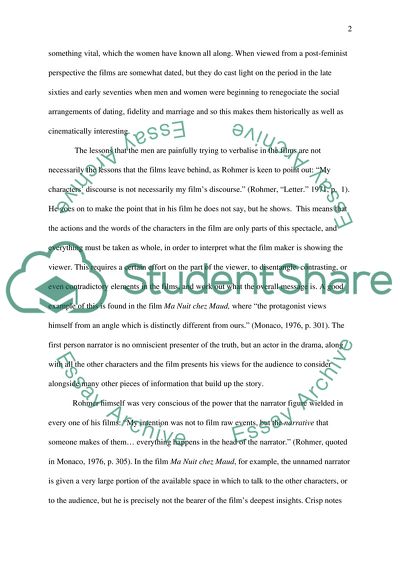Cite this document
(Rohmer's Films Case Study Example | Topics and Well Written Essays - 2000 words, n.d.)
Rohmer's Films Case Study Example | Topics and Well Written Essays - 2000 words. https://studentshare.org/visual-arts-film-studies/1743897-film-analysis
Rohmer's Films Case Study Example | Topics and Well Written Essays - 2000 words. https://studentshare.org/visual-arts-film-studies/1743897-film-analysis
(Rohmer'S Films Case Study Example | Topics and Well Written Essays - 2000 Words)
Rohmer'S Films Case Study Example | Topics and Well Written Essays - 2000 Words. https://studentshare.org/visual-arts-film-studies/1743897-film-analysis.
Rohmer'S Films Case Study Example | Topics and Well Written Essays - 2000 Words. https://studentshare.org/visual-arts-film-studies/1743897-film-analysis.
“Rohmer'S Films Case Study Example | Topics and Well Written Essays - 2000 Words”. https://studentshare.org/visual-arts-film-studies/1743897-film-analysis.


